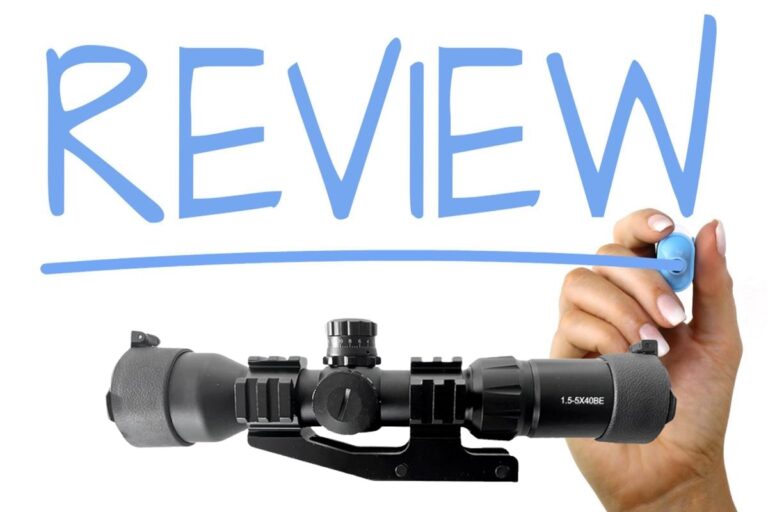
When choosing a long-term bug-out location, you need to contemplate several key factors that can make or break your survival plan. It’s not just about finding a remote spot; accessibility to resources, water quality, and shelter security are essential. Each element plays a significant role in your overall preparedness strategy. What happens when you combine these factors? Let’s explore how to create an effective and sustainable retreat.
Accessibility and Transportation Routes
When considering a long-term bug-out location, you’ll want to prioritize accessibility and transportation routes, as these factors can make or break your ability to reach safety quickly.
Look for locations near major highways, railroads, or airports, ensuring you can escape efficiently when needed. Assess road conditions and potential obstacles, like bridges or rivers that might become impassable during emergencies.
It’s also essential to familiarize yourself with alternate routes; relying solely on one path could leave you stranded. Consider proximity to urban centers for supplies but balance this with the risk of congestion during a crisis.
Finally, always have a reliable vehicle ready, stocked with fuel and emergency supplies, to facilitate a swift departure when the situation demands it.
Natural Resources and Sustainability
While you’re planning your long-term bug-out location, it’s vital to assess the availability of natural resources and sustainability in that area.
Look for fertile land for growing food, as well as wild edibles that can supplement your diet. Consider the presence of forests for timber, which can provide shelter and fuel.
Wildlife is another important resource, offering protein if you choose to hunt. Additionally, evaluate the potential for renewable energy sources, such as solar or wind, to reduce reliance on external supplies.
An area with a balanced ecosystem guarantees a sustainable living environment, so prioritize locations where you can cultivate resources without depleting them.
This foresight will make your bug-out strategy more resilient and self-sufficient.
Water Availability and Quality
Access to clean water is one of the most critical factors to evaluate in your long-term bug-out location. You need to identify reliable water sources like rivers, lakes, or groundwater.
Consider the seasonal availability of these sources, as dry spells can limit access. Assess the water quality too; testing for contaminants like bacteria, heavy metals, and chemicals guarantees safety.
If natural sources aren’t pristine, plan for filtration and purification methods. Carrying portable filters or purification tablets can be a lifesaver.
Additionally, think about water storage options, like barrels or tanks, to maintain a steady supply. Remember, your survival hinges on having safe, abundant water, so prioritize this essential resource in your bug-out plans.
Shelter and Security Considerations
Choosing a suitable shelter is essential for your long-term bug-out location, as it serves as your primary defense against the elements and potential threats.
Look for a location that provides natural cover, like trees or hills, to enhance your security. The structure should be sturdy, ideally made of materials that can withstand harsh weather conditions and intrusions.
Consider the layout—having multiple escape routes can be a lifesaver in emergencies. Installing reinforced doors and windows adds an extra layer of protection.
Don’t forget about surveillance; setting up cameras or using natural vantage points can help you monitor your surroundings.
Ultimately, your shelter should balance comfort and security to guarantee you feel safe and prepared for any situation.
Proximity to Emergency Services
When selecting your long-term bug-out location, consider how close you’re to emergency services, as having quick access can be vital in a crisis.
Look for areas that are within a reasonable distance to hospitals, fire stations, and police departments. In emergencies, every minute counts, and knowing help is nearby can provide peace of mind.
Evaluate the quality and responsiveness of these services in your target area; not all locations are equal.
Also, think about the routes you’ll take to reach these services. In a disaster, roads may become congested or blocked, so having alternative routes is imperative.
Balancing safety and proximity to emergency services guarantees you’re prepared for any unforeseen circumstances.
Community and Support Networks
Building a strong community and support network can be just as essential as the location itself when considering your long-term bug-out strategy. When times get tough, having trustworthy neighbors can make all the difference. Connect with like-minded individuals who share your values and preparedness goals. Collaborate on skills, resources, and information sharing; you never know when a neighbor’s expertise might come in handy.
Establishing a support network also means creating plans for emergencies and mutual aid. Regular meetings can help maintain communication and strengthen relationships.
Consider forming groups focused on self-defense, food preservation, or medical training. A solid community not only provides practical support but also fosters a sense of belonging, which is invaluable during uncertain times.
Climate and Weather Patterns
Understanding climate and weather patterns is essential for selecting the right long-term bug-out location. You’ll want to evaluate the region’s temperature ranges, precipitation levels, and seasonal variations.
Think about how extreme weather events, like hurricanes or blizzards, could impact your safety and supplies. Research the average annual rainfall and snow accumulation, as they affect water availability and transportation routes.
It’s also wise to assess the local climate trends, such as rising temperatures or drought conditions, which could influence your long-term sustainability.
Farmland and Gardening Potential
After considering climate and weather patterns, it’s time to focus on the farmland and gardening potential of your chosen bug-out location.
Look for fertile soil, as this will determine your ability to grow a variety of crops. Test the ground if possible; nutrient-rich soil will yield better harvests.
Think about water sources, too—proximity to rivers or lakes can support irrigation.
Consider the available space; you’ll want room for both crops and possibly livestock.
Assess the growing season length, as it affects what you can plant.
Finally, research local pests and diseases that might threaten your plants.
With the right conditions, your bug-out location can become a sustainable source of food and resilience in challenging times.
Wildlife and Hunting Opportunities
While considering your bug-out location, don’t overlook the wildlife and hunting opportunities that can provide essential sustenance. A rich ecosystem can mean access to game like deer, rabbits, and birds, which can supply you with meat when resources run low.
Research local wildlife populations to guarantee you’re choosing an area with a healthy game presence. Familiarize yourself with seasonal patterns, as different species become available at various times throughout the year.
Don’t forget about fishing opportunities, too; nearby rivers or lakes can be a reliable source of food. Establishing a good understanding of the local fauna won’t only enhance your survival skills but also help you make informed decisions about your long-term bug-out strategy.
Legal Considerations and Property Rights
Before you settle on a bug-out location, it’s essential to grasp the legal considerations and property rights that come into play.
First, research local zoning laws to guarantee your activities align with regulations. You don’t want to face fines or legal issues later on.
If you’re buying land, examine property titles and any easements or encroachments that might affect your use.
Also, be aware of hunting and fishing licenses required in your area; these can vary greatly.
Finally, consider the implications of homesteading laws if you plan to make your bug-out location your permanent residence.
Understanding these legal aspects will help you protect your investment and facilitate a smooth shift to your safe haven.
Conclusion
In choosing your long-term bug-out location, prioritize accessibility, natural resources, and reliable water sources. Make certain your shelter is sturdy and secure, while also considering the local climate and potential for farming. Don’t overlook the importance of a supportive community and legal property rights. By focusing on these factors, you’ll create a sustainable haven that enhances your preparedness and resilience in uncertain times. Take the time to plan wisely, and you’ll be ready for whatever comes your way.






